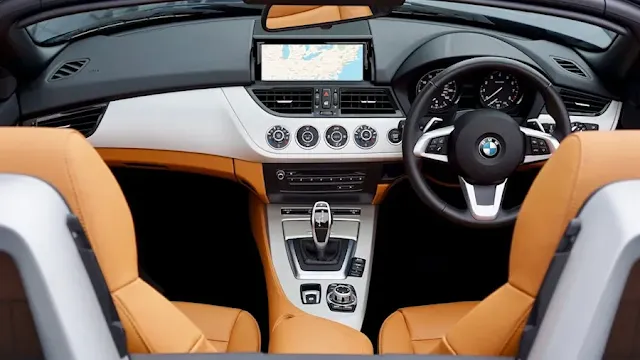India's Customs Duty on Used Electronics: A Comprehensive Guide
India, with its burgeoning economy and vast consumer market, is a fertile ground for the import and export of goods, including used electronics. However, navigating the customs duty framework for these items can be complex, given the various factors that influence the applicable charges. This guide aims to demystify the process, providing clarity on the customs duty on used electronics in India, and offering insights into how individuals and businesses can efficiently manage these obligations.
What is the meaning of used electronics?
Used electronics refer to electronic devices that have been previously owned and operated. Unlike new electronics that come straight from the manufacturer or retailer in original packaging, used electronics may have been used for months or years by individuals, businesses, or organizations before being resold, donated, or recycled. This category includes a wide range of items such as:
- Smartphones and Tablets: Mobile devices that have been previously used and are now being resold.
- Computers and Laptops: Personal computers, laptops, and notebooks that have been owned and operated by someone before being put up for sale again.
- Consumer Electronics: Includes televisions, gaming consoles, cameras, and other personal electronics that have been used.
- Office Equipment: Including printers, scanners, and fax machines that have been used in a business or home office setting.
Used electronics can come from various sources including trade-ins, returns, refurbished items, or direct sales from the previous owner. They can range in condition from "like new" to "for parts or not working," and their value is often determined by factors like their condition, age, brand, and demand in the market.
While used electronics can offer significant cost savings and environmental benefits by extending the product's lifecycle and reducing e-waste, potential buyers should be cautious about the item's condition, warranty status, and the possibility of hidden defects.
Understanding Customs Duty
Customs duty in India is a tax imposed on the import and export of goods. The duty rates can vary, depending on the nature of the item, its value, and its country of origin, among other factors. Used electronics, which include items like smartphones, laptops, and tablets, fall under a specific category in the customs tariff schedule, which dictates the applicable duties.
Duty on Used Electronics
The classification of used electronics for customs purposes hinges on their condition and valuation. India's Central Board of Indirect Taxes and Customs (CBITC) outlines that used electronics are subject to customs duty, but the rates are not flat and can vary significantly. These variations are due to considerations around the depreciation of the item, its technological relevance, and its potential impact on the domestic market.
Key Factors Influencing Customs Duty
Valuation: The customs duty is often a percentage of the item's value. The depreciated value of used electronics is considered, but determining this value can be subjective and depends on the assessment of the customs officials.
HS Code: The Harmonized System (HS) code of the item plays a crucial role. This code helps in identifying the category under which the electronic item falls, thereby determining the duty rate.
Condition and Age: The condition and age of the electronics can influence the duty, with older and more depreciated items generally attracting lower rates.
Environmental Levies: India has been increasingly conscious of the environmental impact of electronic waste. Consequently, certain used electronics may attract additional levies aimed at environmental protection.
Practical Tips for Importers
Accurate Documentation: Ensure that all paperwork, including invoices, shipping documents, and item descriptions, are accurate and detailed. This can help in the proper classification and valuation of the items.
Understanding Depreciation: Be aware of how the depreciation of electronic items is calculated and how it impacts duty rates. This understanding can aid in estimating the costs involved more accurately.
Engage with Customs Brokers: Customs brokers who are well-versed in the intricacies of India's customs regulations can offer invaluable assistance, navigating the duty payment process efficiently.
Compliance with Regulations: Adhere to all regulatory requirements, including those related to electronic waste. Non-compliance can result in penalties and delays.
While the customs duty on used electronics in India can be complex, a thorough understanding of the process and strategic planning can mitigate challenges. Importers should stay informed about changes in customs policies and leverage professional assistance when necessary. As India continues to evolve its customs framework, staying agile and compliant is key to successfully importing used electronics into the country.









